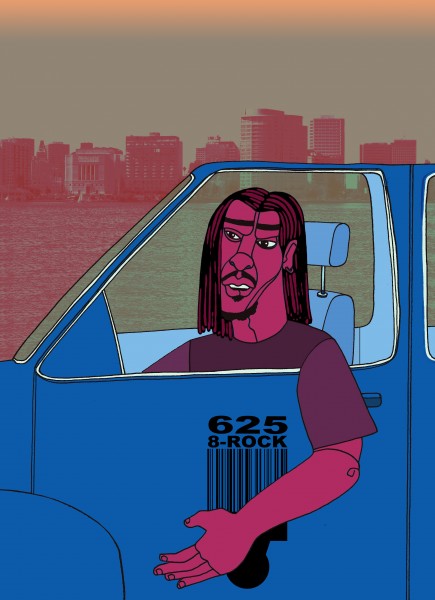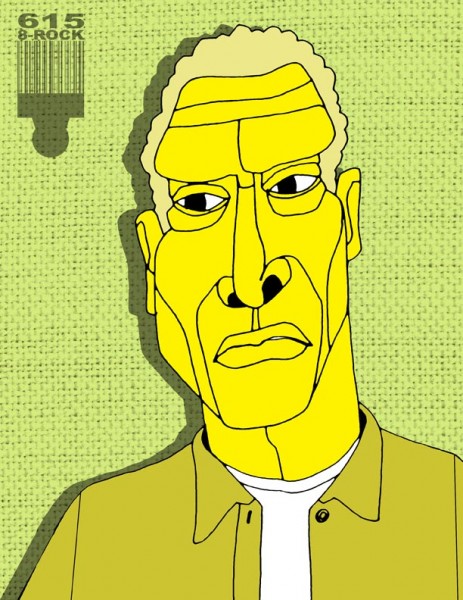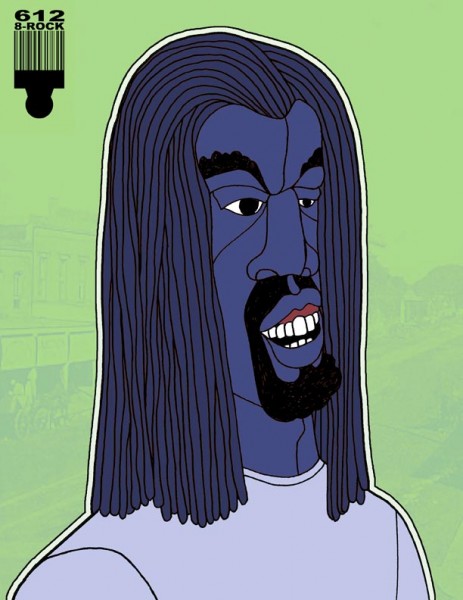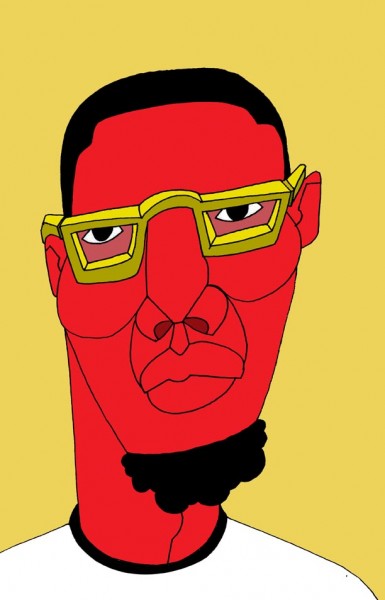
Fruitvale BART Station, Oakland, California.
I don’t think anyone can overlook the irony that this and a few other recent drawings on this website depict Black men I recently encountered at Fruitvale Station. This, of course, is the very same location where, 4.5 years ago, Oscar Grant lost his life. At first, I thought I’d be troubled by this irony; but, in fact, the contrast between the living Black men I’ve portrayed in the same setting in which an unarmed Black man was shot by BART police gives me a peculiar kind of hope.
The tragic shooting of Oscar Grant on January 1, 2009 could have had a terrorizing effect on Bay Area Black men. It would have been completely understandable if, in the wake of this killing, Bay Area men of African descent had decided to avoid the BART system entirely; and yet they did not. Whether the assailant, Johannes Mehserle, intended to kill Grant or not, this and other so-called accidental shootings of Black men, when taken together, convey the troubling message that it is not the shooters, but Black men themselves who are mistaken — in believing that they have the right to equal protection under (and by) the law; in hoping that, in the absence of any evidence to the contrary, they will be presumed innocent; and in behaving as though they have the right to freedom of movement (whether strolling through a gated community in Florida or riding on a Bay Area commuter train on New Year’s Day).
And yet, despite the dehumanizing messages conveyed through the actions and words of those who fear or distrust them, Black men persist in seeing the humanity in themselves and each other, they persist in living their lives as free and equal citizens, and they persist in traveling to the places they need to go, by bus, by ferry, even by train, and even through Fruitvale Station.
PS: The background image is the evening schedule of trains traveling to and from Fruitvale BART.
Ajuan Mance









